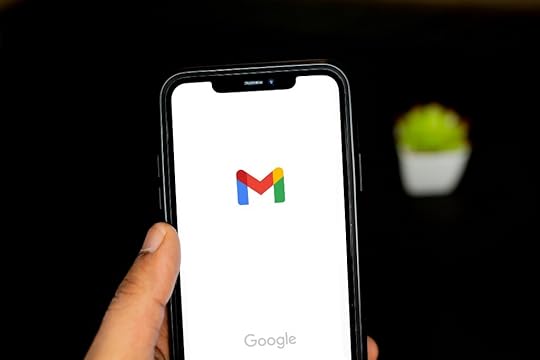Maximize the Effectiveness of Your Emails: 8 Important Highlights Before You Click “SEND”
 Photo by Solen Feyissa on Unsplash
Photo by Solen Feyissa on UnsplashThe importance of effective communication cannot be overstated. When you want to motivate action, receive assistance or lead a new project — a clear and effective message will increase the chance of motivation and the desired results.
In most cases, except for a team meeting or a face-to-face meeting, you will find yourself formulating and delivering your message by writing an email.
Most of us fall into this trap and assume that reading a written message is not particularly difficult or challenging. And that’s true, but only if your recipients would only receive one email a day and not dozens or hundreds of them.
So here are 8 particularly important highlights, which I learned from personal and painful experience, for communicating your idea in the clearest way through email. And pay attention to the last section, it is the most important:
The subject line — it is easy to rush and write “good morning” or “to continue our conversation” in the subject line, but this is a bitter mistake. You need to make it clear to the recipient what the general context of your request is, and if there is an element of urgency or importance, you can indicate that. Looking ahead, a clear subject will also be very helpful in future searches when the recipients try to find your email.Introduction (“Why are you sending me this email”) — we are all busy and we are all preoccupied. We may have a pressing deadline, or we may have a family matter that is bothering us. Do not land on your recipient without any framing and “alignment”.If it is a continuation of a previous meeting — mention it. If it is a new project — make it clear. If it’s because of changes, difficulties, or anything else — go ahead and explain briefly.Complete (“What do you want from me?”) — It is critical to clearly add motivation to the action. If there is a deadline — specify it. If there are clear future steps — sketch them. Make the assumption that the recipient does not understand what the next steps are as they are clear to you.Mobile First (to read on the go) — quite a few of your recipients will read your message while they are on the go, at home or outside of working hours. That is, through their smartphone and not in front of a wide and comfortable computer screen. Shorten long sentences, emphasize, number and use highlights. The importance of order and configuration is always high, in mobile devices it becomes more important.Too long, let’s switch to another platform — if your email is very long, it is no longer an email. It is a document, or a report, or a summary. This means that you have to transfer your readers to a completely different platform (take them, for example, to a Google Docs document). Email is not a means of communication built for reading a long message or marking notes.No jokes: You need to be a serious wordsmith to correctly insert humor into emails. And even then people can misinterpret humor. Leave it to that.Acronyms like LMK, TYT, BTW, WDTY or IMO may be clear to you, but not necessarily clear to your recipients. You can and should avoid them.Unburden your recipients: Most of us fall into this trap and assume that reading a written message is not particularly difficult or challenging. And that’s true, but only if your recipients would only receive one email a day and not dozens or hundreds of them. Since we are all flooded with information, messages, messages and notifications — you must take the burden off your recipients. Cut it short and get to the point.[image error]
Published on January 31, 2023 08:17
No comments have been added yet.



